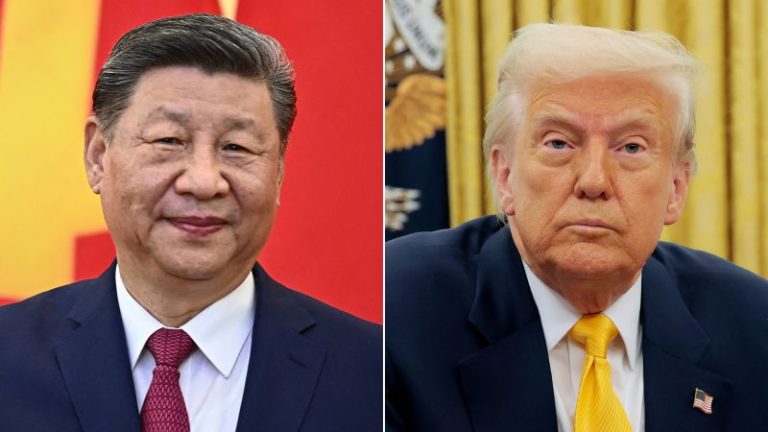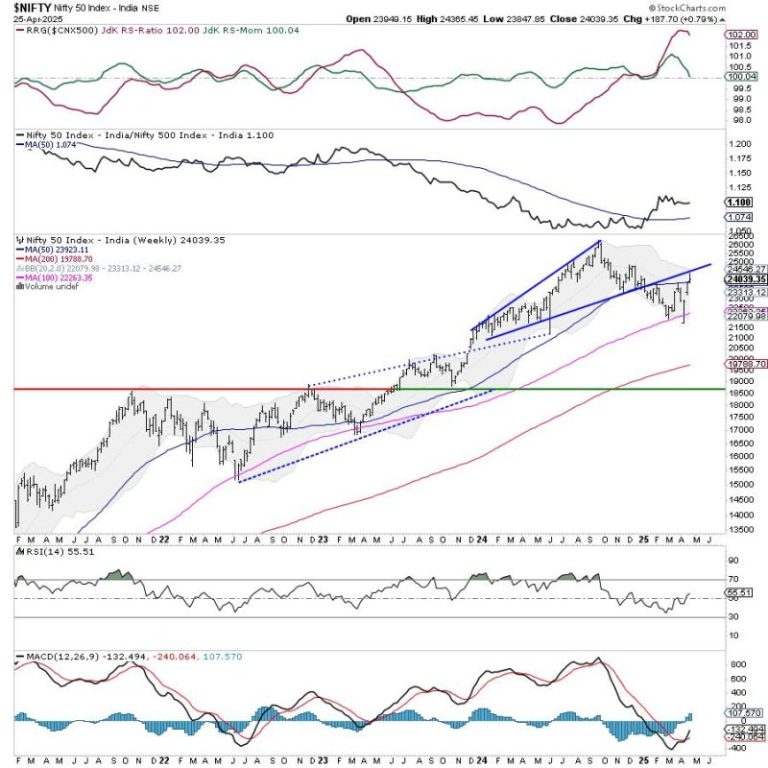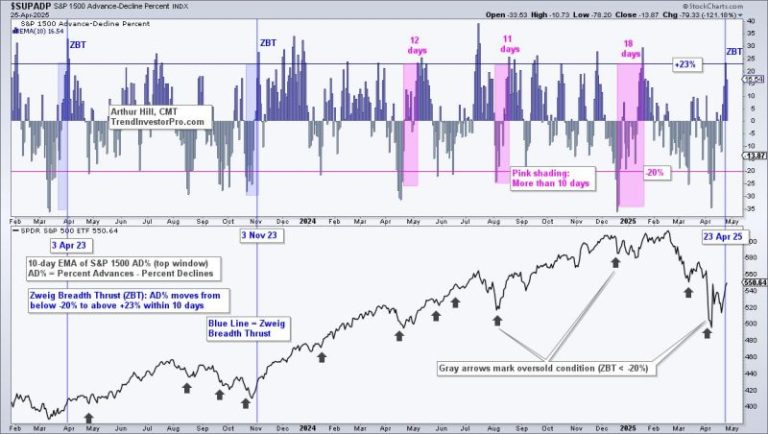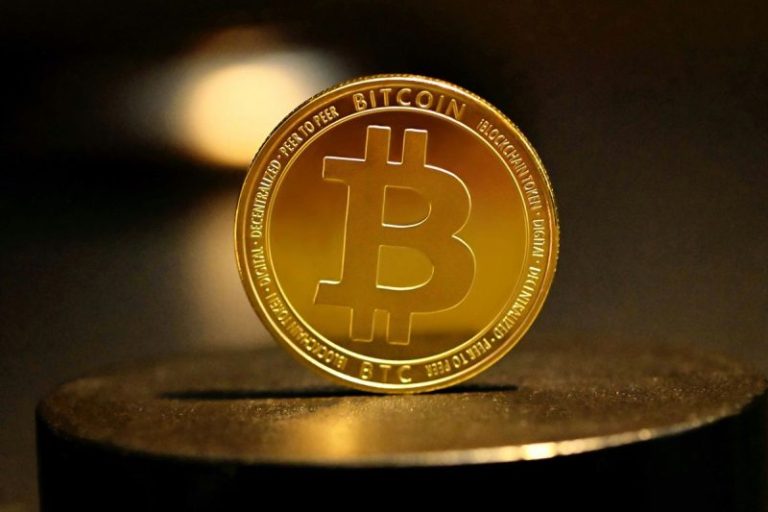Ceding large swathes of Ukrainian land to Russia under a peace proposal suggested by US President Donald Trump would be “a capitulation,” Germany’s defense minister warned on Sunday, as North Korea acknowledged for the first time it had deployed troops to fight for Moscow.
Ukraine knew that it may have to cede some territory to reach a lasting ceasefire deal “but they will certainly not go as far — or should not go as far — as the latest proposal by the American president,” Defense Minister Boris Pistorius told German public broadcaster ARD.
“Ukraine on its own could have got a year ago already what was included in that (Trump proposal), practically through a capitulation,” he said. “I cannot discern any added value.”
Trump has been frustrated that his efforts to broker a peace deal between Moscow and Kyiv after three years of war have so far fallen short, and the White House has since mounted an increasingly urgent push to strike a deal.
A US peace plan includes American recognition of Russia’s control over Crimea – the southern Ukrainian peninsula that Moscow illegally annexed more than a decade ago – and would grant Russia additional Ukrainian territory occupied since its full-scale invasion began in 2022, according to officials familiar with the plan.
Ukrainian President Volodymyr Zelensky on Saturday conceded that Ukraine lacks the military might needed to retake Crimea by force but has long made it clear that making territorial concessions is a red line. Recognizing Crimea as Russian would also be illegal under Ukraine’s constitution.
“This [territory] is not my property. This is the property of the Ukrainian people,” he said at a Friday briefing.
Following Trump and Zelensky’s remarkable face-to-face meeting at the Vatican before Pope Francis’ funeral on Saturday, the US president said they briefly discussed the issue of Crimea and that he believes Zelensky “wants to make a deal.”
Trump also criticized President Vladimir Putin in some of his strongest comments against the Russian leader to date.
“I want him to stop shooting, sit down and sign a deal,” Trump said Sunday as he returned to Washington to begin what aides say will be a critical week in determining the future of US-led efforts to broker an end to the war. “We have the confines of a deal, I believe, and I want him to sign it and be done with it and just go back to life.”
In a post on his Truth Social platform sent as he returned from Rome, Trump raised the prospect of applying new sanctions on Russia after its deadly assault on Kyiv last week, and questioned whether Putin is interested in peace, saying, “it makes me think that maybe he doesn’t want to stop the war, he’s just tapping me along.”
The next week will be “very critical” in determining whether the US can continue attempting to broker peace in Ukraine, Secretary of State Marco Rubio said Sunday, telling NBC that “we’re close” to a deal “but not close enough.”
North Korean troops in Kursk
On Monday, North Korea publicly acknowledged for the first time that it deployed troops to fight for Russia in its war with Ukraine, touting its combat sub-units’ contributions to “precious victory” in the invaded Russian region of Kursk.
“The operations for liberating the Kursk area to repel the adventurous invasion of the Russian Federation by the Ukrainian authorities were victoriously concluded,” North Korea’s Central Military Commission said, according to state-run news agency KCNA.
Putin on Saturday claimed his country’s forces have recaptured Kursk, the border region where Ukraine launched a surprise offensive last year, though Kyiv insists its troops are fiercely battling to preserve their foothold in the territory.
“Our Korean friends acted out of a sense of solidarity, justice and genuine comradeship,” Putin said in a statement Monday.
“We pay tribute to the heroism, high level of special training and self-sacrifice of the Korean soldiers who, shoulder to shoulder with Russian fighters, defended our homeland as their own,” he added.
North Korean soldiers have been supporting Russia’s battle to oust Ukraine’s forces from its borders, while Kyiv had poured precious resources into holding onto its territory there, with the view of using it as a key bargaining chip in any peace talks. The operation was also launched to relieve pressure from the embattled eastern front line.
Ukrainian officials and Western intelligence reports found that about 12,000 North Korean soldiers had been sent to fight in Russia, but Pyongyang had never confirmed their presence.
In March, South Korea’s military said 3,000 more North Korean soldiers had been sent to Russia, replacing the roughly 4,000 troops who were killed or injured in combat.
North Korea’s Central Military Commission said leader Kim Jong Un ordered the deployments based on a strategic partnership treaty with Russia, KCNA reported.
Putin and Kim signed a landmark defense pact in Pyongyang last year, as the two autocratic nations ramped up ties to a “new level,” and pledged to provide immediate military assistance in the event the other is attacked.
“They who fought for justice are all heroes and representatives of the honor of the motherland,” Kim reportedly said, adding that a monument would be erected to commemorate his troops’ actions.
Russia acknowledged the involvement of North Korean soldiers in its operations for the first time on Saturday. In a post on Telegram, Valery Gerasimov, chief of the Russian General Staff, thanked the North Korean soldiers, praising their “high professionalism, steadfastness, courage and heroism in battle.”
As well as troops, South Korea’s military said in March that North Korea has sent a “significant amount” of short-range ballistic missiles and hundreds of pieces of 170-millimeter self-propelled howitzers and 240-millimeter multiple rocket launchers.
The US Department of State said it was concerned by North Korea’s direct involvement in Russia’s war in Ukraine
North Korea’s “military deployment to Russia and any support provided by the Russian Federation to (North Korea) in return must end,” a State Department spokesperson told Reuters.
South Korea’s Defense Ministry said on Monday that North Korea had “effectively admitted to its criminal actions” by finally officially announcing the deployment.
“North Korea’s involvement in the war in Ukraine is a violation of UN resolutions and an illegal act that threatens world peace. This must be condemned by the international community,” the ministry added.
North Korea’s confirmation that its troops were fighting in Russia, months after they were deployed, mirrors Putin’s long-standing denials that Russian troops had been deployed to Crimea in 2014.
The crisis there started shortly after 2014 mass protests in Ukraine that toppled the country’s Russian-backed regime of Viktor Yanukovych. Russian soldiers dressed as civilians or in uniform without identifying insignia – at the time referred to as “little green men” – started popping up outside government buildings and military bases across Crimea.
While Moscow denied any involvement in the appearance of the little green men in Crimea, the territory held a sham referendum on joining Russia just weeks after the covert operation. Putin would later acknowledge he had deployed Russian troops there.










